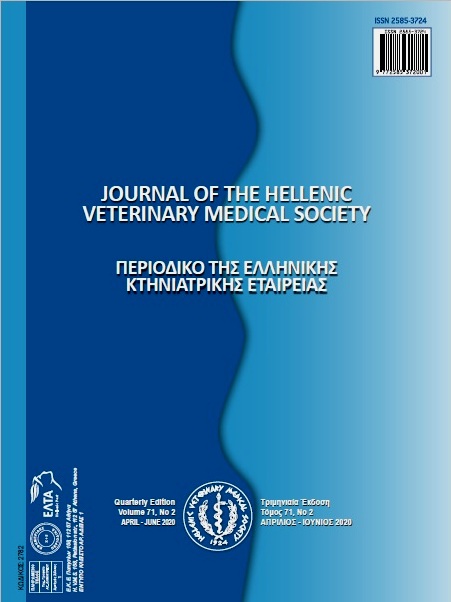Recombinant erythropoietin treatment does not alter the blood pressure despite elevated haematological parameters in normotensive Wistar rats

Abstract
Use of erythropoietin (EPO) is believed to be associated with adverse cardiovascular events, especially high blood pressure. Also, its illegal use in blood doping is thought to result in detrimental events both in humans and equines. To test this hypothesis, normal Wistar rats were treated with recombinant erythropoietin (rEPO @ 400 i.u/kg s.c) or normal saline one day apart for one week. Heart rate, systolic, diastolic, mean arterial pressure and blood count were determined. Rats were also observed for their behaviour during the study period. rEPO significantly (P<0.001) increased the erythrocyte count (RBC), haemoglobin (Hb), hematocrit (HCT) and platelet count (PLT) in comparison to control animals. Despite such an increase in hematocrit which in turn increases blood viscosity, the systemic blood pressure and heart rate did not differ between the groups. rEPO treatment did not cause any untoward behavioural change in animals. In conclusion, despite the profound effect on haematological parameters (especially hematocrit), rEPO was without any effect on blood pressure and heart rate and the hypothesis of short-term erythropoietin-induced alterations in cardiac parameters was not verified.
Article Details
- How to Cite
-
SULTAN, F., GANAIE, B., MIR, D., & DAR, J. (2020). Recombinant erythropoietin treatment does not alter the blood pressure despite elevated haematological parameters in normotensive Wistar rats. Journal of the Hellenic Veterinary Medical Society, 71(2), 2157–2162. https://doi.org/10.12681/jhvms.23644
- Issue
- Vol. 71 No. 2 (2020)
- Section
- Research Articles

This work is licensed under a Creative Commons Attribution-NonCommercial 4.0 International License.
Authors who publish with this journal agree to the following terms:
· Authors retain copyright and grant the journal right of first publication with the work simultaneously licensed under a Creative Commons Attribution Non-Commercial License that allows others to share the work with an acknowledgement of the work's authorship and initial publication in this journal.
· Authors are able to enter into separate, additional contractual arrangements for the non-exclusive distribution of the journal's published version of the work (e.g. post it to an institutional repository or publish it in a book), with an acknowledgement of its initial publication in this journal.
· Authors are permitted and encouraged to post their work online (preferably in institutional repositories or on their website) prior to and during the submission process, as it can lead to productive exchanges, as well as earlier and greater citation of published work.


